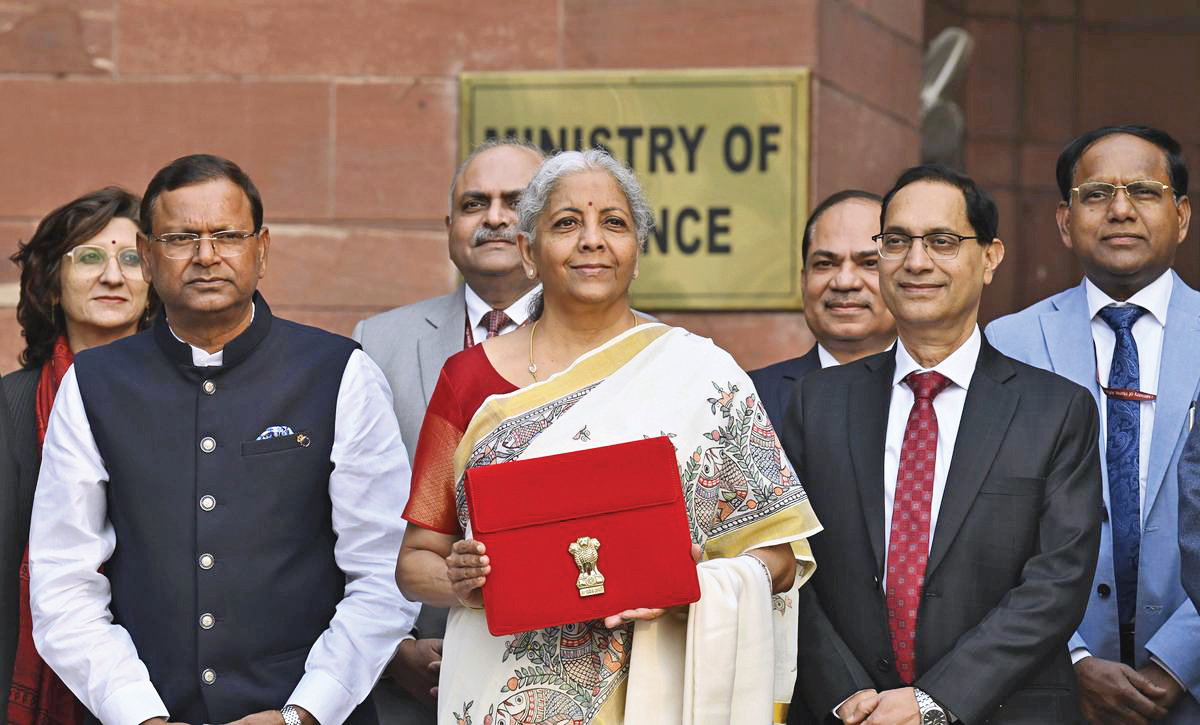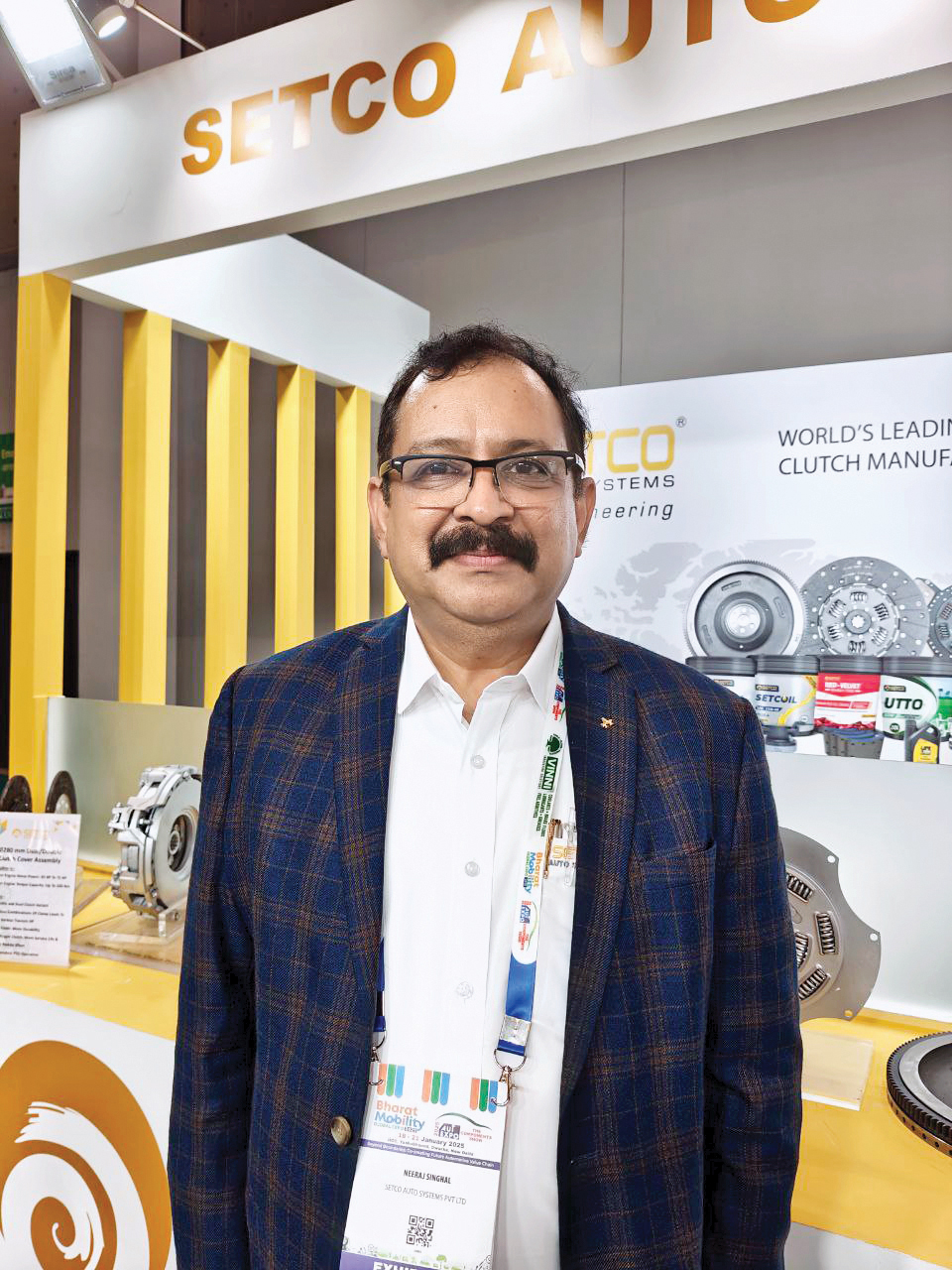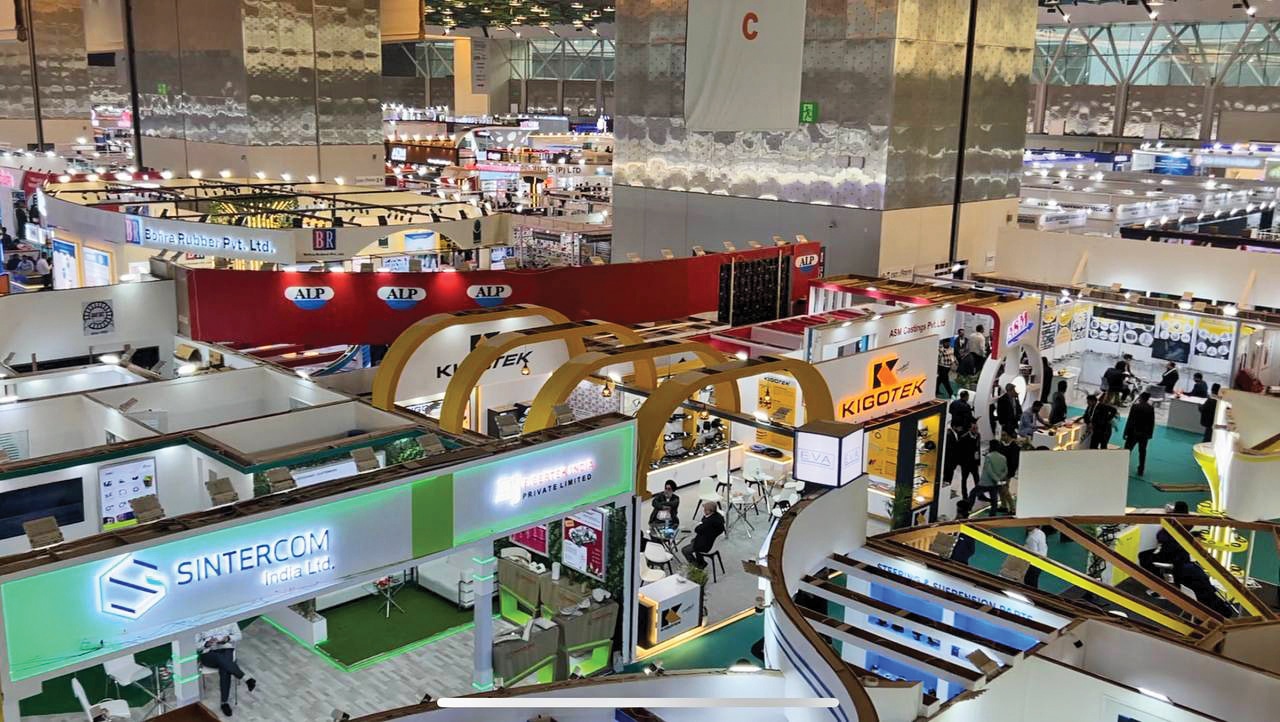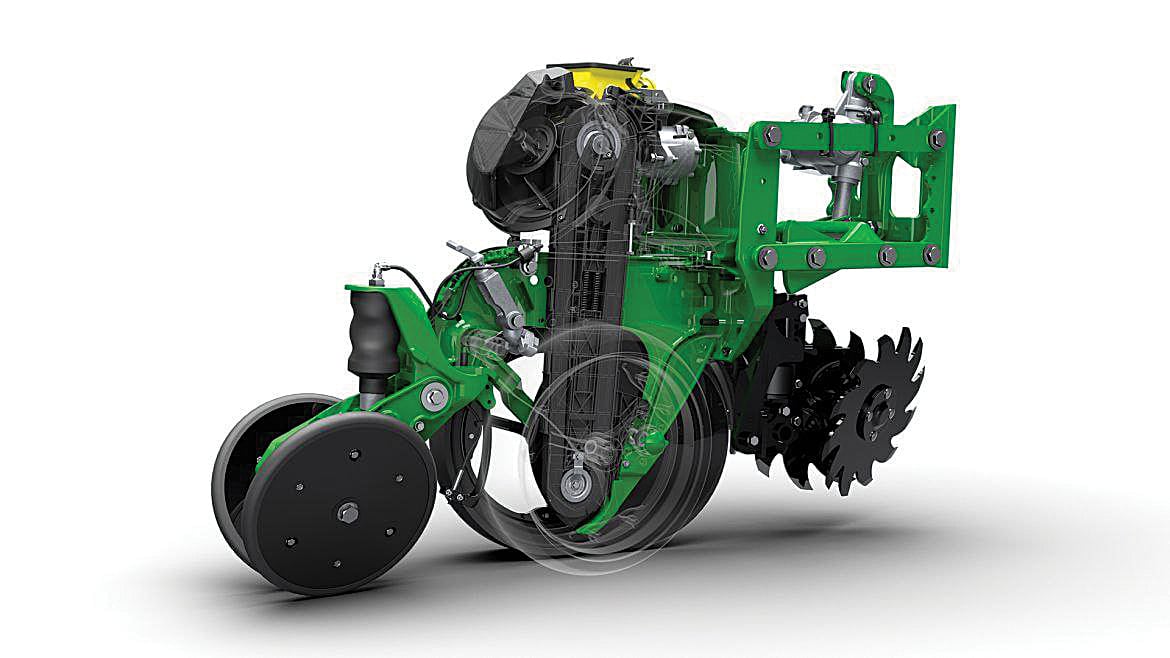Text: Bhargav TS
‘Make in India’ is an ambitious project, launched by Prime Minister Narendra Modi in September 2014, to transform the manufacturing sectors in India by bringing latest technologies to India, creating jobs and increasing the sector’s contribution in gross domestic product (GDP) from 15% now to 25% in next 10 years. The powerful vision of the prime minister has already started showing signs on the ground as the government received applications for investment of Rs 1.10 lakh crore in the first year of the launch of the project. More foreign and domestic companies are joining the queue. However, the challenges pose a serious threat to meet the expectations. Inspite of having lot of challenges, GoI is pushing for land and labour reforms. Over the years India was handicapped immensely with power availability. On the back of power reforms, India is seeing record capacity addition over the past year.
It is pertinent to note the reasons for this enthusiasm: Intended to propel a 12-14% manufacturing growth in the medium term, the government has expressed commitment to expediting approvals and increasing transparency through extensive use of information technology and IT enabled services. The government has also tightened the norms for inspection of a facility wherein the inspector has to take the permission of the head of his department, thereby eliminating discretionary powers in the hands of industrial inspectors.
The programme undertakes 25 key sectors under its wings namely automobiles, automobile components, aviation, bio-technology, construction, leather, mining, railways, pharmaceuticals, space, tourism, hospitality etc. Automobile is one of the main contributing sectors to manufacturing output at 7%, but growth in this space will have a far reaching improvement. But the sector has not done well in 2015-16 so far as interest rates remained high and rural demand was subdued. This was against an 8.68% growth in sales and 14.89% in exports in 2014-15.
Through this scheme the intention of the government is to bring down imports, as higher exports will earn more foreign exchange for the country. Also, foreign companies by setting up base in India will enjoy the benefit and take advantage of lower input costs. The success of this vision can lead to the creation of upto 90 million domestic jobs by 2025. It will help in reducing brain drain and will increase consumer base. There will be a steady increase in nominal and per capita GDP. Creative skills and technical expertise will also improve with the inflow of foreign capital.
The Indian automobile industry is among the top 5 industrial sectors in India, according to the Annual Survey of Industries – FY 2013, and engages almost 6% of the country’s manpower. The industry has grown steadily over the past decade driven by economic growth, rising per capita income, low penetration levels and improving accessibility. Over the past 5 years (FY 2011-15), the total production of automobiles, including tractors and mining & construction equipment, in India (including exports) have grown at a CAGR of 6.8%. Across segments of the industry, India is positioned amongst leading markets, globally, providing adequate base for scaling benefits in manufacturing.
Apart from setting their eyes on the relatively untapped domestic potential, OEMs’ investments have also focused on leveraging India’s cost competitive manufacturing base and export vehicles out of India. In this context, the passenger vehicle OEMs have taken the lead so far. To give a perspective, till FY10, Maruti Suzuki and Hyundai accounted for over 95% passenger vehicle exports from India. However, over the past 5 years, their share has come down as OEMs like Ford, Nissan and Volkswagen (VW) have started exporting from India.
ICRA estimates, nearly Rs 180 billion of Greenfield projects are currently in execution, or likely to start in the passenger vehicle segment alone. In the commercial vehicle segment, while there is only one Greenfield project under development (Rs 30 billion), most other OEMs are focusing on new model development again, with the focus on exports.
Investment plans announced in past few months include General Motors plans to invest US $1 billion in India by 2020 and US-based car maker Chrysler plans to invest Rs 3,500 crore. Similarly, Germany-based luxury car maker BMW local unit has announced to procure components from 7 India-based auto parts makers. The world’s largest air bag suppliers Autoliv Inc, Takata Corp, TRW Automotive Inc and Toyoda Gosei Co are setting up plants and increasing capacity in India.
Auto component exports have grown steadily over the past 5 years (14%), but India continues to be a net importer of auto components. The growth would have been much better if there is a proper and efficient ecosystem to support low-cost manufacturing of electronic components. But the country is continuously dependent on OEMs (on their global suppliers) for certain high-value critical components like engine and transmission parts, airbags, etc due to inadequate critical mass of selected models and the feasibility of domestic investments for these products are out of reach.
The Make in India policy framework will have to encompass a comprehensive range of reforms to improve India’s attractiveness vis-à-vis other automobile hubs. Globally, most of the major automobile hubs (Japan, South Korea and Mexico) have gained prominence not just on the back of favourable growth prospects locally, but also driven by export-friendly policies. Factors such as signing of Free Trade Agreements (FTAs), flexible labour reforms, transparent taxation policies and efficient infrastructure have collectively helped countries to emerge as global manufacturing hubs. In addition, strategic location in proximity to important automobile markets has also helped some nations in gaining competitive advantage. For instance, while Mexico exports almost 80% of the cars produced in the country, nearly two-third of those are sold in the US.
A year has passed since the scheme is anounced and it looks like there are doubts as to how impactful the initiative has been. In order to get the perspective from each company, Auto Components India asked most of the companies about the scheme and here is a look at what seems to have worked and what may and may not in the future and helps us to look at Make in India beyond its current definition. ACI









Leave a Reply